Explore the bold, artistic world of Harajuku fashion styles where individuality meets creativity. From Lolita and Decora to Visual Kei and Punk, discover the origins, evolution, and key elements of this vibrant Japanese streetwear culture.
Learn how to style your own look, where to shop, and why Harajuku fashion continues to inspire global trends. Whether you’re new to Japanese street fashion or a longtime enthusiast, this detailed guide offers practical tips, styling ideas, and cultural insights into the colorful realm of Harajuku fashion.
Introduction: What is Harajuku Fashion Style
Harajuku fashion styles originate from the Harajuku district of Tokyo, Japan—a globally recognized hotspot for youthful street fashion. Known for their vibrant mix of color, layering, and quirky themes, Harajuku styles are more than trends; they’re a form of self-expression.
From kawaii (cute) culture to rebellious punk aesthetics, Harajuku fashion styles represent a melting pot of global and local fashion movements. Every outfit is a statement, blending fantasy, cosplay, vintage, and futuristic inspirations.
The Origins of Harajuku Fashion
The roots of Harajuku fashion styles date back to the post-World War II era, where American soldiers brought Western influences to Japan. Over time, the youth in Harajuku began experimenting with styles from anime, manga, and pop culture.
By the 1990s and early 2000s, Harajuku became synonymous with eclectic streetwear, thanks to movements like Decora, Gothic Lolita, Fairy Kei, and Visual Kei. Magazines like FRUiTS documented these unique styles, influencing global fashion trends.
The Cultural Impact of Harajuku Fashion Styles
What makes Harajuku fashion styles so compelling isn’t just the visual aesthetic—it’s the cultural freedom they represent. Young people in Japan and around the world embrace these styles as a means of rebellion, self-discovery, and artistic expression.
Unlike mainstream fashion which often emphasizes uniformity and seasonal trends, Harajuku style evolves from the bottom up powered by creative youth, not corporate designers. This grassroots movement has made Harajuku a global fashion laboratory where subcultures thrive.
From anime conventions in New York to cosplay meetups in Berlin, the ripple effects of Harajuku fashion styles are undeniable. They’ve inspired international designers, fueled alternative fashion markets, and even challenged rigid gender norms.
Popular Harajuku Fashion Substyles
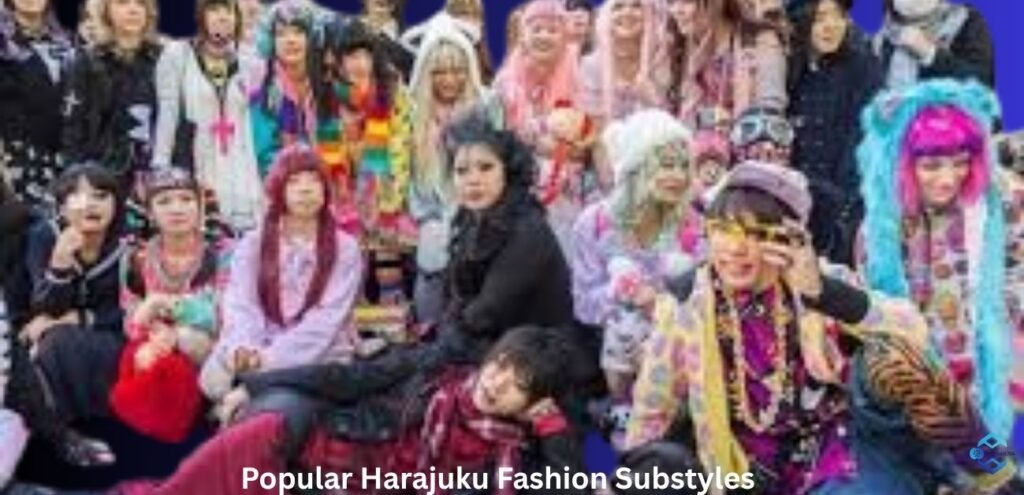
Lolita Fashion
Inspired by Victorian and Rococo clothing, Lolita fashion focuses on elegance, modesty, and doll-like charm. It’s divided into:
- Sweet Lolita – pastel colors, bows, and lace
- Gothic Lolita – dark tones, corsets, and crosses
- Classic Lolita – traditional patterns and refined elegance
Decora Kei
Colorful, playful, and maximalist. Decora styles involve layering accessories—think multiple hair clips, neon leggings, and cartoon prints. It celebrates joy and youthful innocence.
Gyaru and Kogyaru
These styles focus on tanned skin, heavy makeup, bleached hair, and trendy Western fashion. While not strictly Harajuku-based, their bold, rebellious attitude fits the scene.
Visual Kei
Influenced by Japanese rock music, Visual Kei combines theatrical makeup, gender-fluid fashion, and elaborate costumes. Think of it as fashion-meets-performance.
Punk and Gothic Harajuku
With roots in Western punk culture, this style incorporates spikes, chains, tartan skirts, combat boots, and leather jackets. It blends rebellion with creative freedom.
Top Influencers and Icons in Harajuku Fashion
A number of Japanese and international fashion icons have helped shape the visibility of Harajuku fashion styles:
- Kyary Pamyu Pamyu – The “Princess of Kawaii Pop” is known for her bold Decora-inspired fashion and music videos.
- Sebastian Masuda – Founder of 6%DOKIDOKI and a pioneer of kawaii culture worldwide.
- Gwen Stefani – Introduced “Harajuku Girls” to Western audiences through music and fashion.
- FRUiTS Magazine – Though now defunct, this magazine documented real Harajuku fashion from 1997 to 2017, becoming a bible for global fans.
These influencers not only showcased the creativity of Harajuku, but also helped develop a sense of community among J-fashion lovers internationally.
Key Elements of Harajuku Fashion Styles
Layering: Multiple textures and pieces create a unique silhouette.
DIY Culture: Many Harajuku enthusiasts handcraft or customize their clothes.
Mixing Eras & Genres: From vintage 80s jackets to futuristic sunglasses, no combination is too wild.
Bright Colors & Patterns: Neon, metallic, animal prints—nothing is off-limits.
Statement Accessories: Oversized bows, platform shoes, face masks, and bold hair clips.
Harajuku Fashion vs Western Street Style
While Western streetwear focuses on minimalism and athletic influences, Harajuku fashion styles embrace theatricality, playfulness, and visual overload. Both celebrate self-expression, but Harajuku pushes boundaries by creating full character personas through clothing.
Social Media and the Harajuku Revival
In recent years, social platforms like Instagram, TikTok, and Pinterest have sparked a new wave of global interest in Harajuku fashion styles. Hashtags such as HarajukuStyle, KawaiiFashion, and Fashion connect creators, buyers, and DIY enthusiasts worldwide.
Additionally, online communities such as RuffleCon, J-Fashion Discord servers, and YouTube channels offer styling tutorials, cultural discussions, and brand recommendations to both newcomers and veterans of Harajuku fashion.
Virtual fashion shows and digital creators are also experimenting with AR (Augmented Reality) and AI-generated fashion, offering modern twists to traditional Harajuku staples.
Where to Shop for Harajuku Fashion
Takeshita Street (Tokyo): The heart of Harajuku, filled with boutiques like WEGO, Bodyline, and 6%DOKIDOKI.
Online Stores: Visit sites like Harajuku Collective, Tokyo Otaku Mode, and Yes Style.
Thrift & Vintage Shops: Second-hand clothing is a big part of the Harajuku aesthetic.
DIY Fashion Markets: Many creators sell handmade Harajuku pieces on Etsy or Depop.
Harajuku in Global Pop Culture
Global artists like Gwen Stefani, Kyary Pamyu Pamyu, and BLACKPINK have drawn inspiration from Harajuku fashion styles. Even mainstream fashion brands like Comme des Garçons and Vivienne Westwood have collaborated with or been influenced by the Harajuku aesthetic.
Why Harajuku Fashion Matters Today
As fast fashion dominates the globe, Harajuku fashion styles offer a refreshing alternative rooted in sustainability, individuality, and creativity. Each outfit tells a story, supporting handmade, repurposed, and culturally rich clothing.
It also provides a safe space for gender-fluid expression, LGBTQ+ representation, and anti-conformity statements making it a voice for the marginalized and artistic youth.
FAQs
Is Harajuku fashion still popular in Japan?
Yes, though Takeshita Street has evolved, the spirit of Harajuku fashion lives on. New styles continue to emerge, and its global influence remains strong.
Can I wear Harajuku fashion outside Japan?
Absolutely! Harajuku is a global subculture. People worldwide embrace it through J-fashion events, online communities, and social media.
Do I need to follow a specific style like Lolita or Decora?
Not at all. Many Harajuku fans mix styles freely. The essence of Harajuku fashion styles is to express yourself uniquely.
Is Harajuku fashion expensive?
It can be, but it doesn’t have to be. Many fashionistas thrift, DIY, or shop affordable online stores to build their looks.
Are there any rules in Harajuku fashion?
The only rule is: be yourself. Harajuku fashion encourages experimentation, creativity, and confidence.
Conclusion
Harajuku fashion styles are more than quirky outfits—they’re wearable art, cultural commentary, and personal expression rolled into one. Whether you’re drawn to the elegance of Lolita or the chaos of Decora, Harajuku welcomes all.
It’s not just about clothing; it’s about confidence, community, and celebrating differences. As fashion continues to evolve, Harajuku remains a bold reminder that personal style should never be confined to rules or norms.
Also Read
How Fashion Days Influence Buying Behavior
Fashion and Hairstyles: The Ultimate Guide to Expressing Your Personal Style
Embracing Weyand Fashion: A Timeless Blend of Elegance and Identity
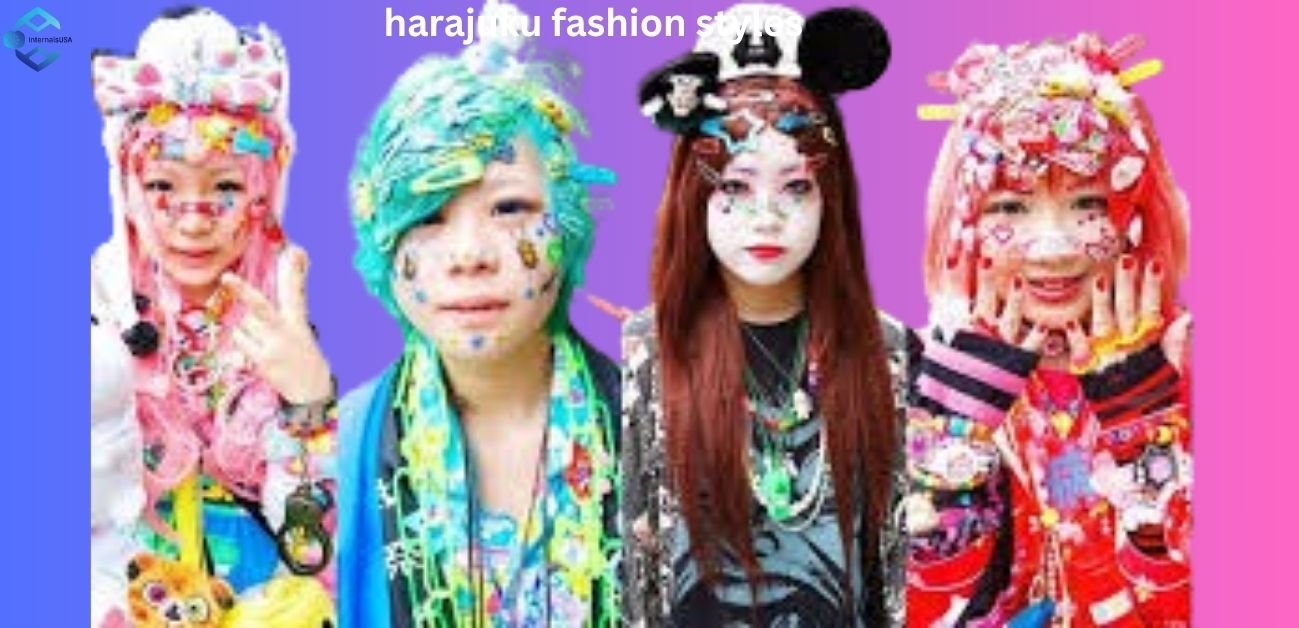

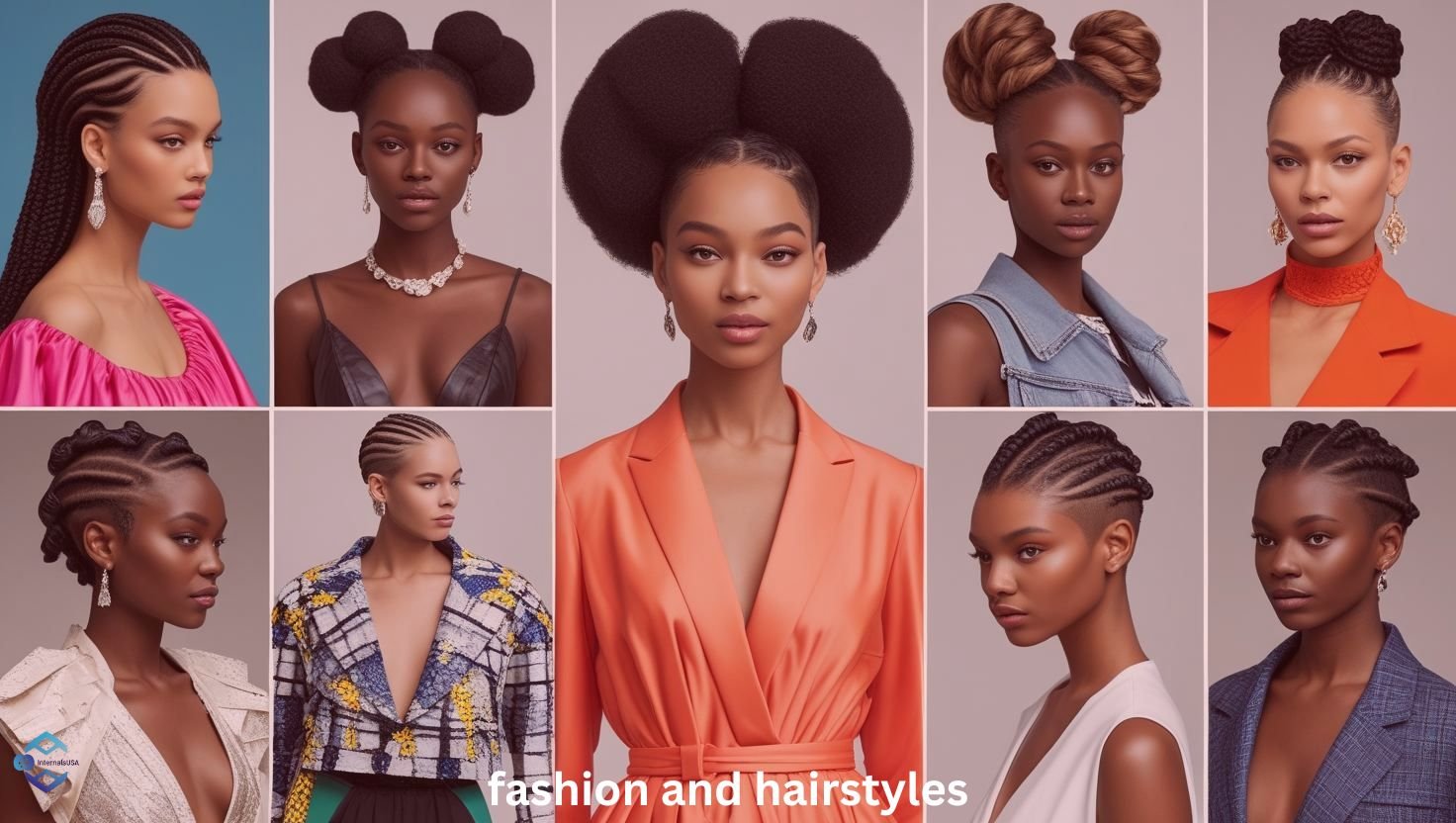
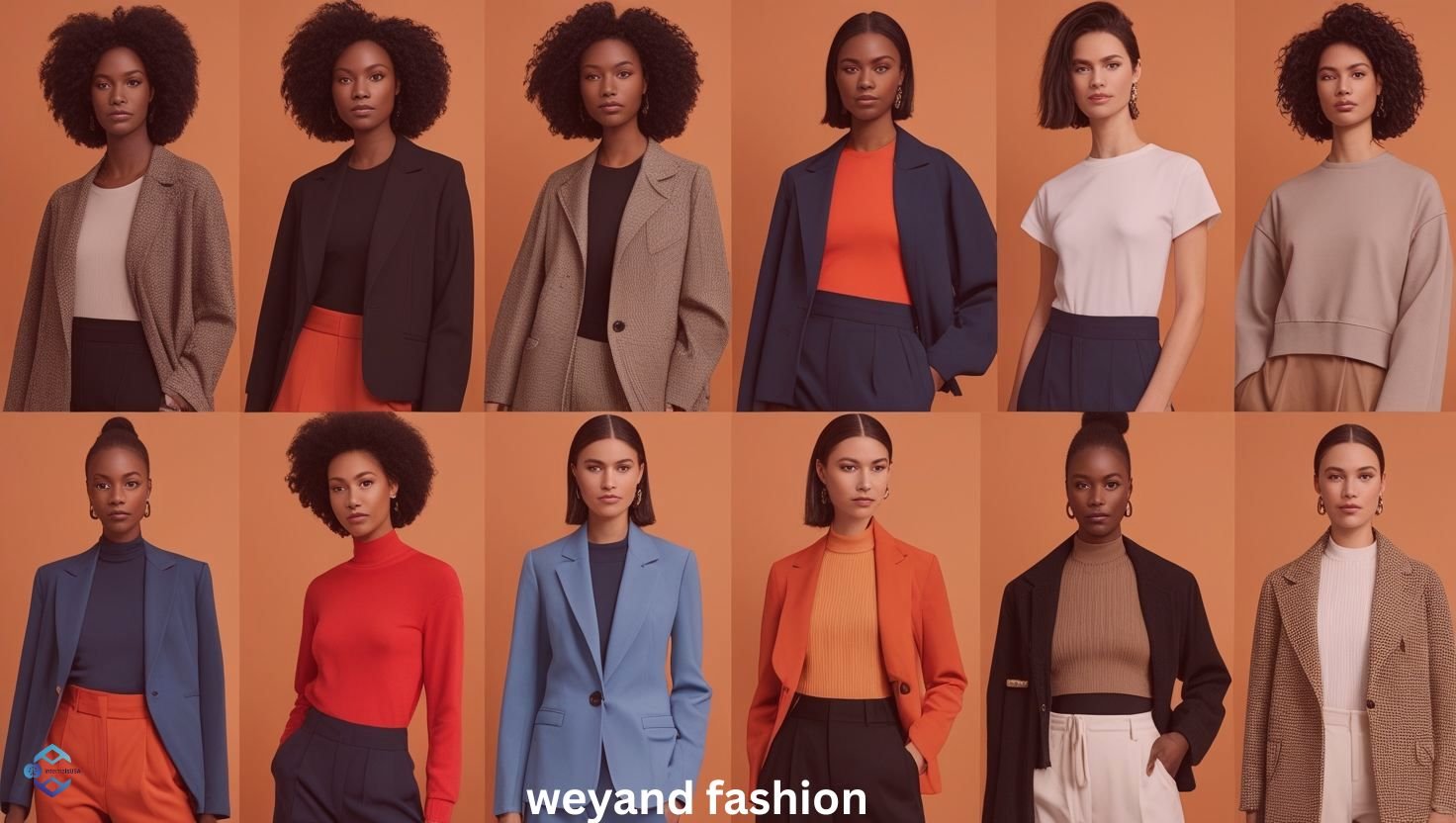
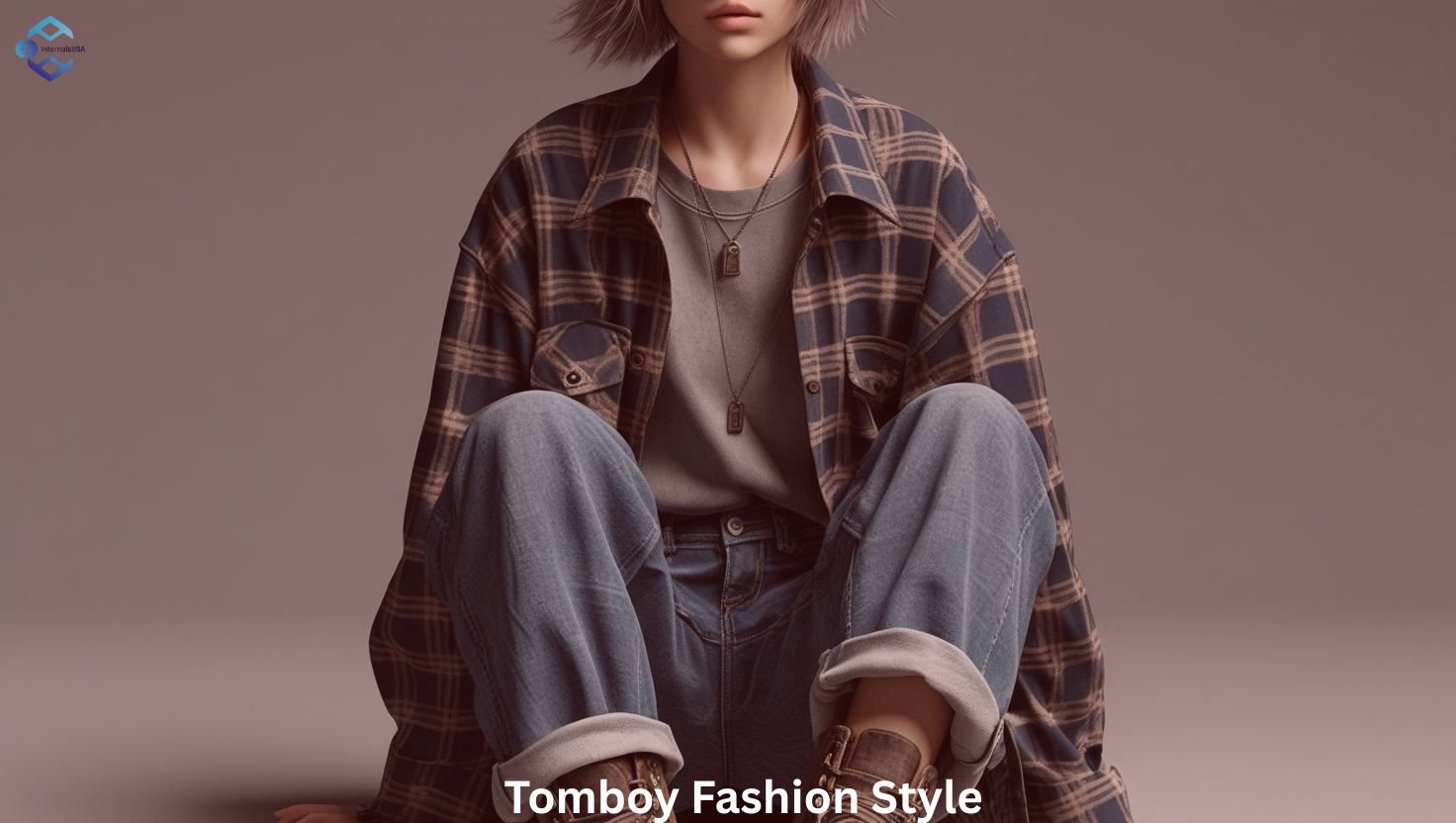
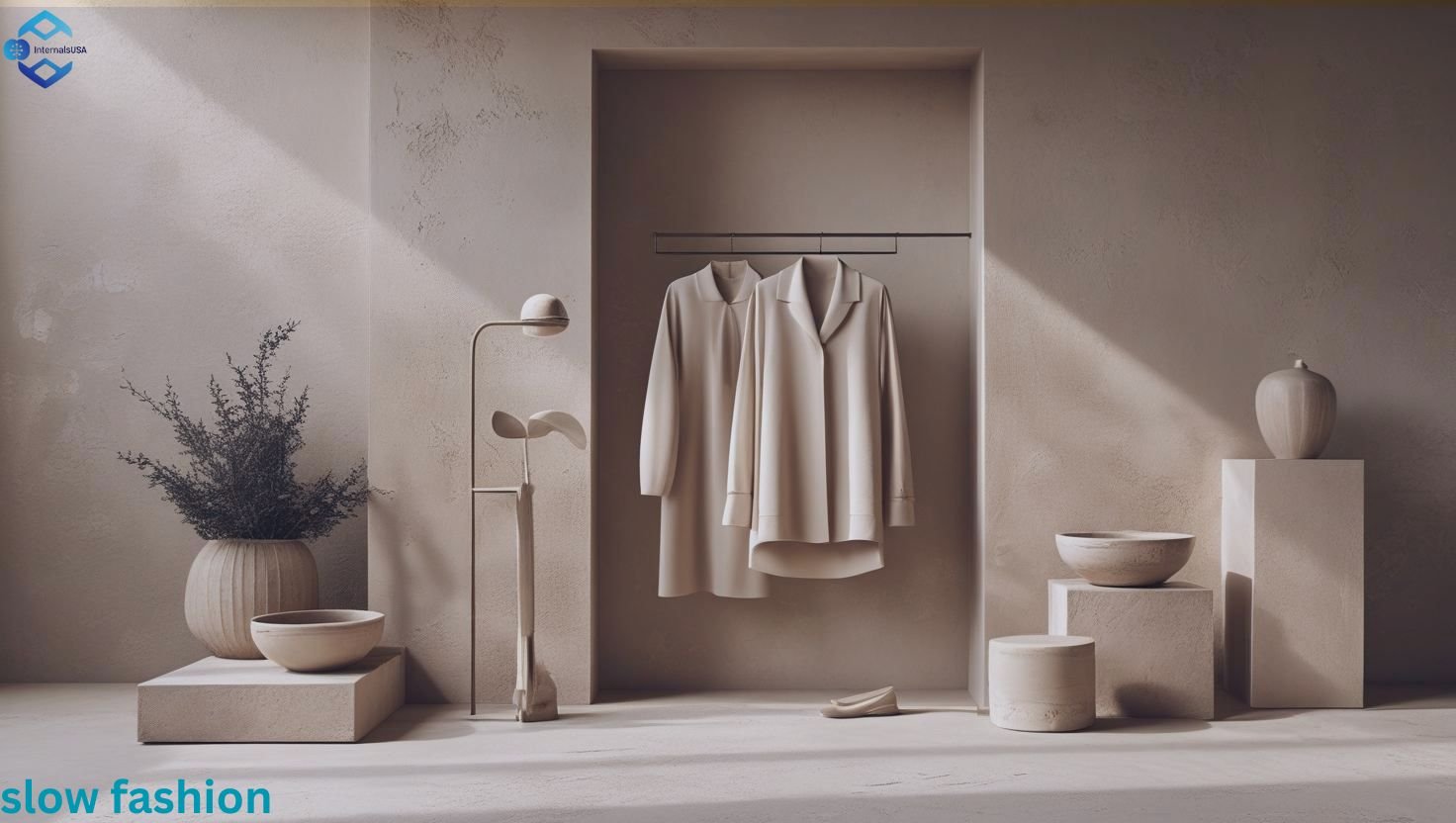





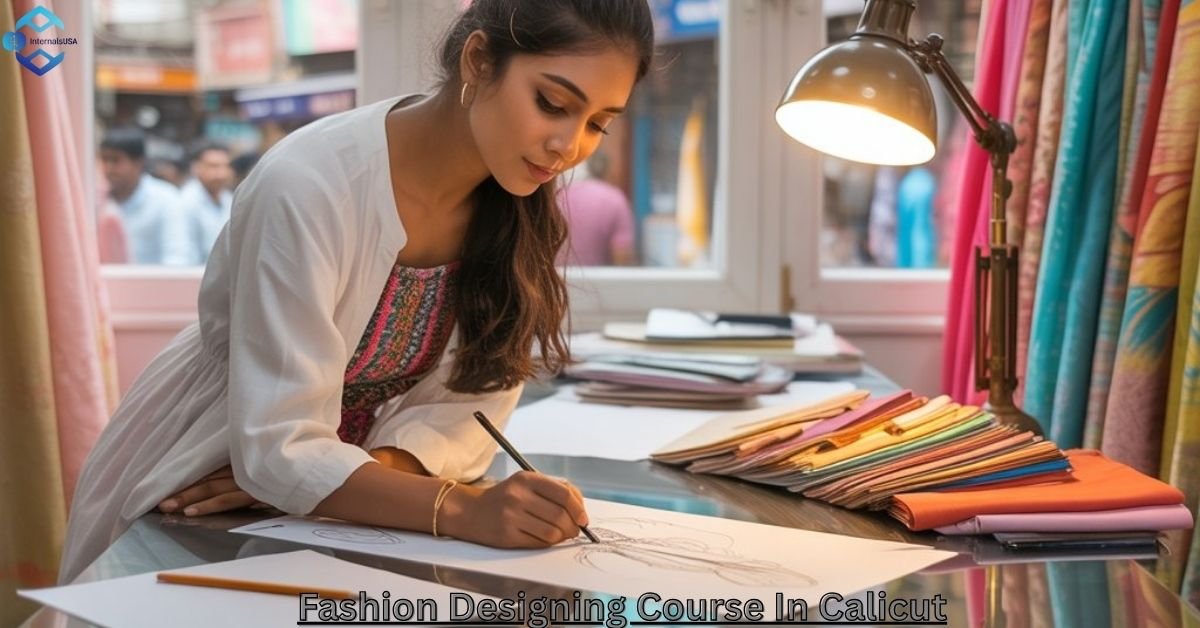



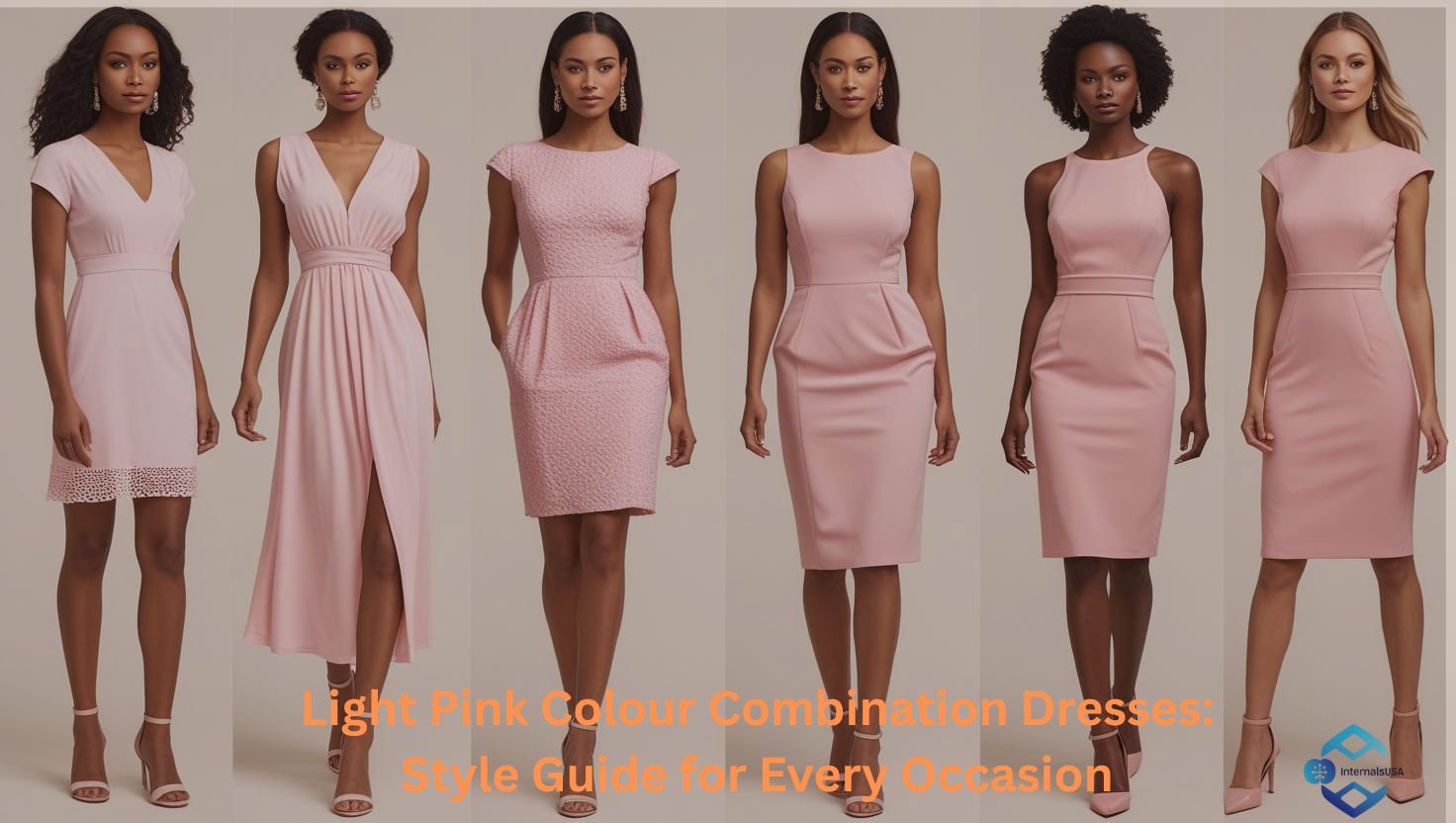


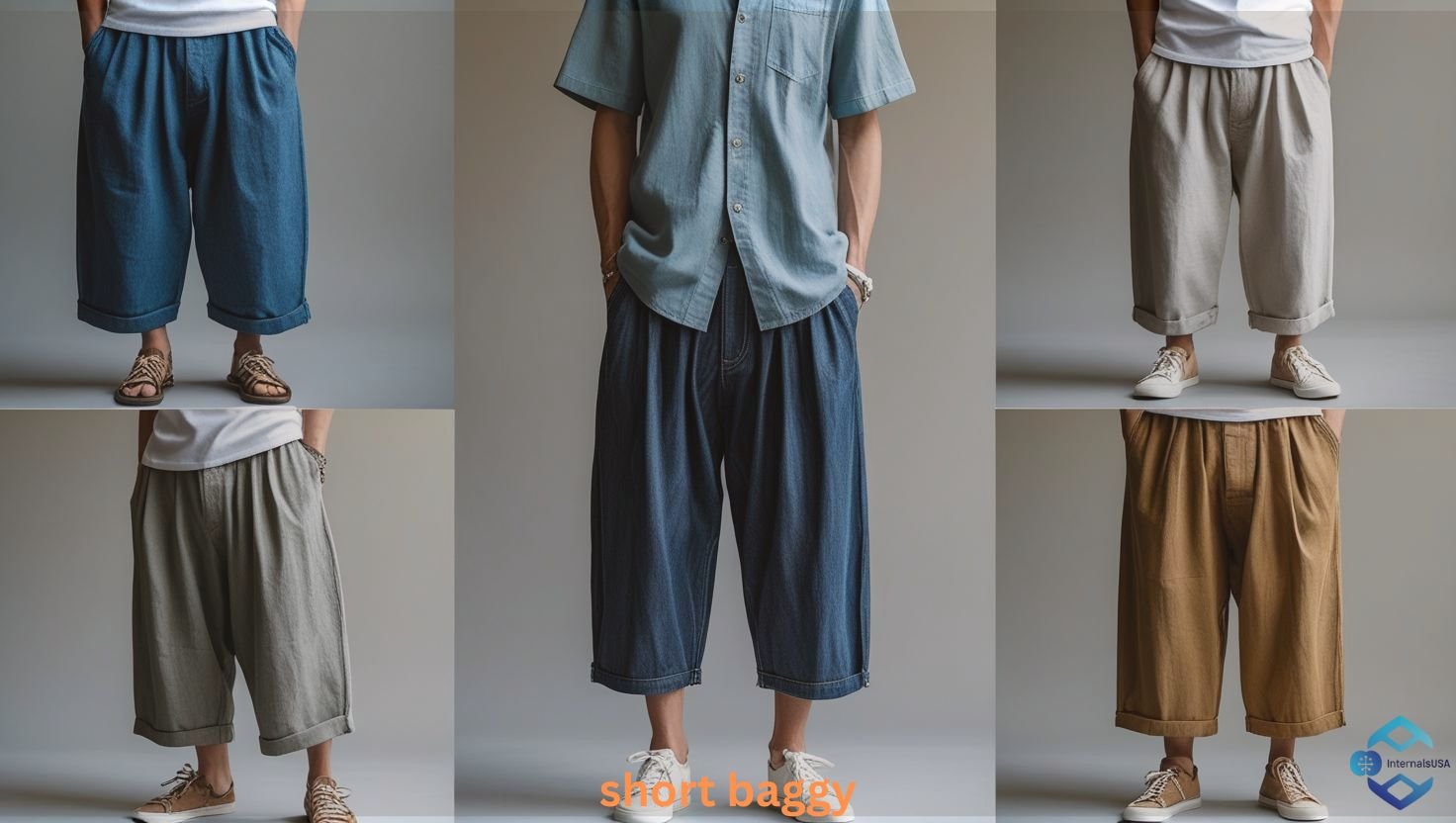


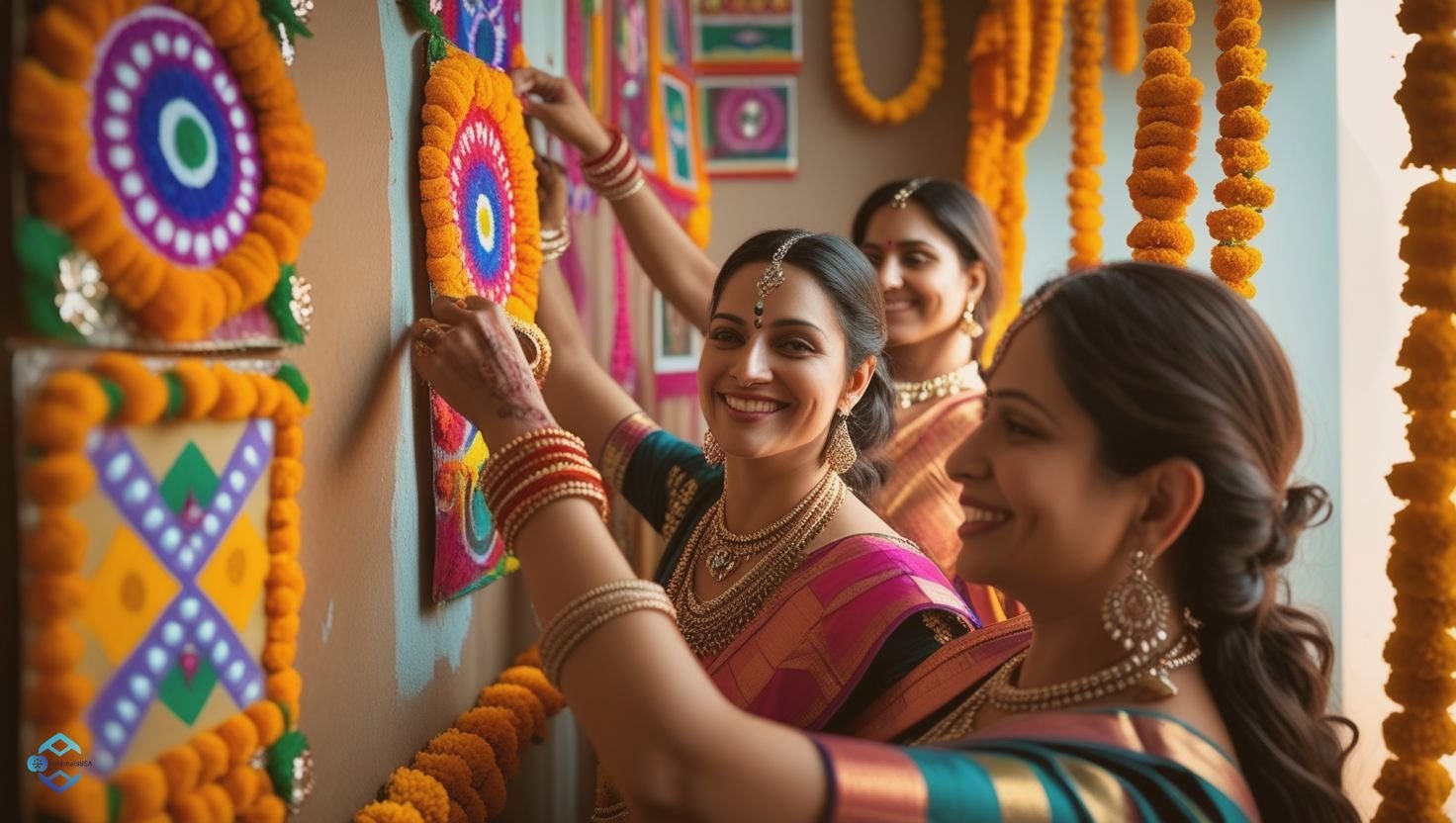












Leave a Reply